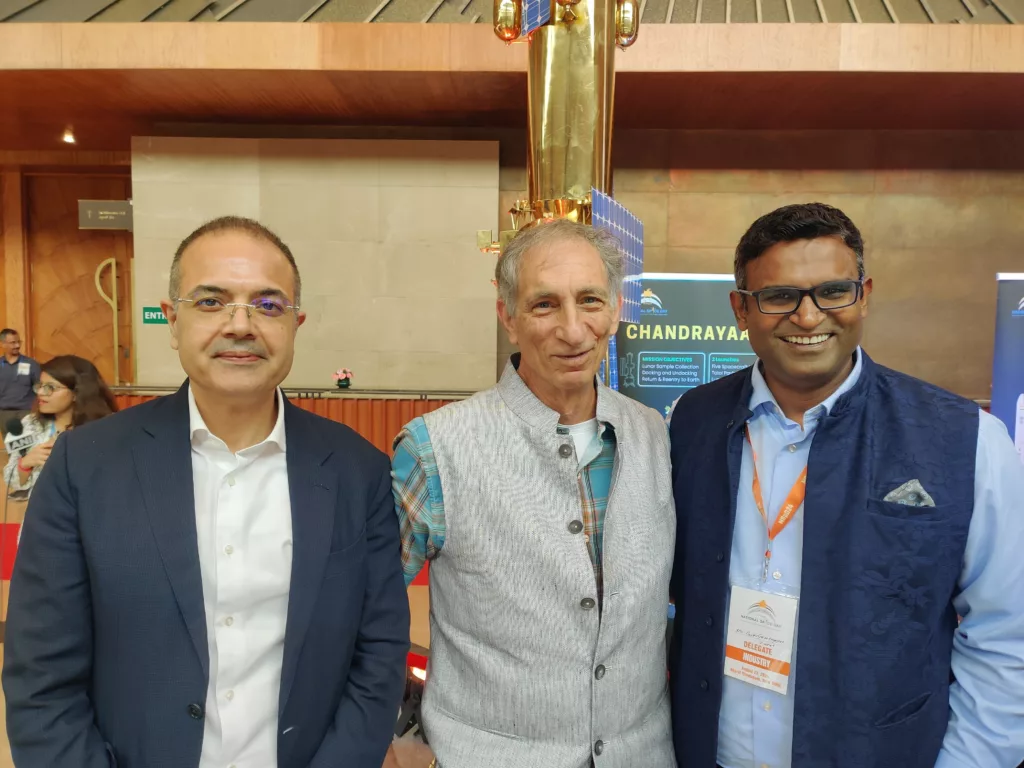There is limited internet connectivity over the Indian skies, since India allowed aircraft to have internet connectivity in flights only a couple of years ago. But this could soon change, as the global satellite communications giant Viasat, a California-based communications company, could provide internet connectivity over the Indian skies.
The country is set to launch – if all goes well – its most high-tech satellite ‘GSAT-20’ towards the end of the year. This high throughput satellite is being built by the UR Rao Satellite Centre in Bengaluru as a part of the Indian Space Research Organisation (ISRO).
A high throughput satellite is a communications satellite that can send data at much higher rates than traditional satellites.
This will not only provide satellite-based internet connectivity, but a part of fifth of the capacity is being reserved for providing in-flight internet.
Connecting remote locations is one big objective of global satellite communications giant Viasat Inc. It already has a big presence as it provides reliable connectivity to the Indian armed forces, among others.
One big gap in India, however, is the absence of in-flight Internet. Viasat and ISRO hope to bridge that gap.
“ISRO’s GSAT-20 satellite will help give in-flight internet connectivity and Viasat looks to cooperate in this win-win combination,” Mark Dankberg, chairman and CEO of Viasat, considered a global legend in satellite communications, told NDTV.
Gautam Sharma, Managing Director, Viasat India; Mark Dankberg, Chairman and CEO, Viasat, and K Guru Gowrappan, President, Viasat USA
There is no in-flight internet in domestic flights once the aircraft takes off. International flights coming to India announce and switch off in-flight internet when they enter Indian airspace. This is what is dubbed “the big internet hole over India”.
“Reaching the unreached is a big push by Viasat,” said K Guru Gowrappan, president, Viasat. “Viasat has a good legacy in India on the defence side, and now connecting 1.4 billion Indians is a big opportunity for Viasat,” he told NDTV.
India is getting ready to launch its big bird in the sky using SpaceX’s Falcon-9 rocket. India has opted to launch it from the US since the satellite weighs 4,700 kg and is a shade heavier than what India’s “Bahubali rocket” Launch Vehicle Mark-3 can take into a geostationary orbit.
“India is a leading space power in the world. The Indian Navy depends on Viasat for communications through Viasat’s recent acquisition of Inmarsat, a specialist in providing connectivity in the high seas,” Mr Dankberg said. Viasat has a huge footprint in India and hopes to expand its reach.
“Connecting the unconnected is its goal. India is known for frugal and reliable technology and in future Viasat could also make satellites in India for the world market,” he added.
